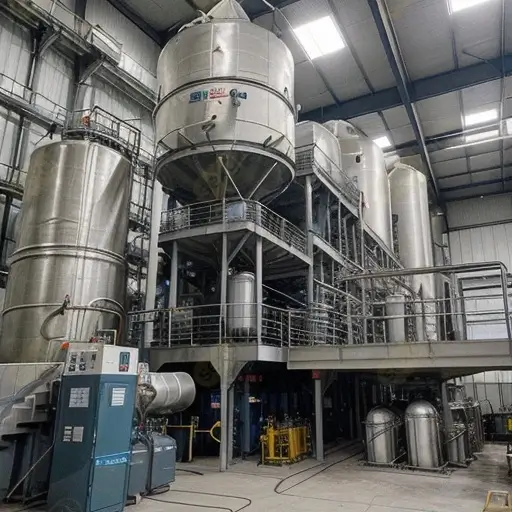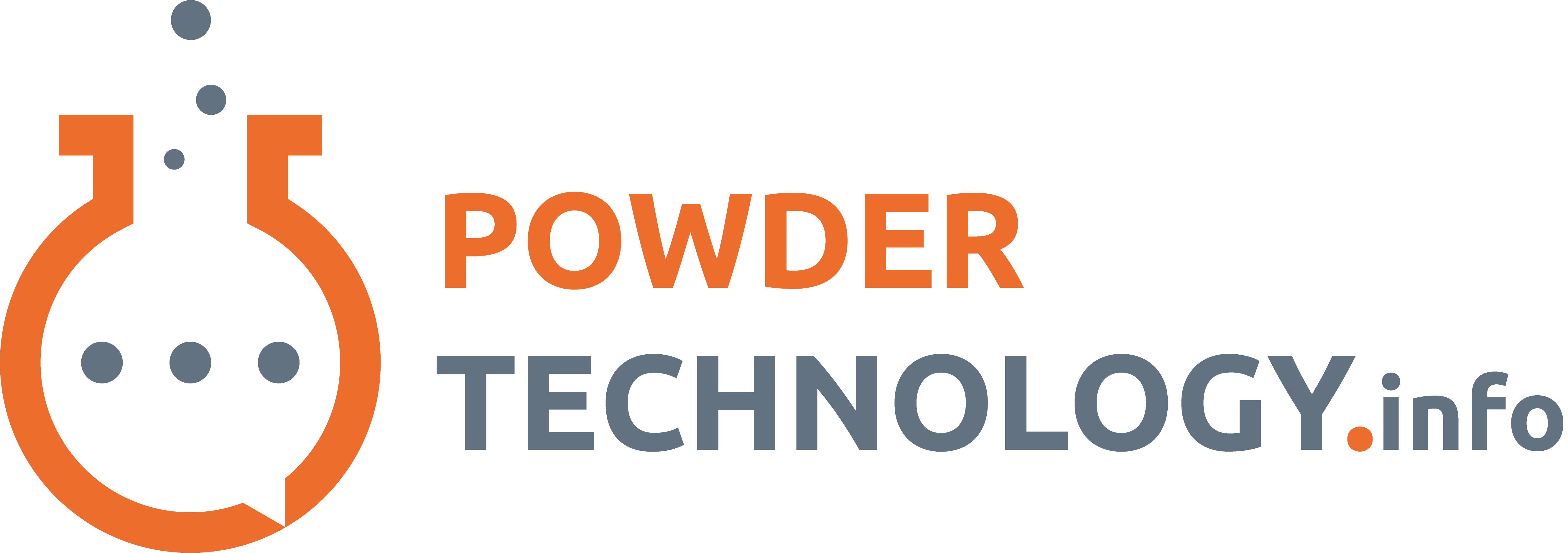Handling and Powder Processing Guide Table of Contents
Check out our related foundational articles:

Introduction
Efficient powder handling and processing underpin the quality, safety, and efficiency of powder-based products across industries. The ability to manage powders effectively impacts everything from material consistency to end-product performance. Whether dealing with fine pharmaceutical powders, bulk agricultural products, or high-performance additive manufacturing materials, proper handling techniques are essential for maintaining quality, improving efficiency, and ensuring workplace safety.
Building upon our Ultimate Guide to Powder Technology, this cornerstone article explores the fundamental principles of powder behavior, provides practical guidance for minimizing handling issues, and outlines industry best practices that professionals can implement to optimize their processes. By understanding the complexities of powder flow, storage, and processing, businesses can reduce waste, enhance production efficiency, and comply with stringent regulatory standards.
Why Proper Powder Handling Matters
Effective powder handling prevents processing errors, enhances productivity, and maintains regulatory compliance. Poor handling leads to issues like segregation, inconsistent product quality, and safety hazards, including dust explosions.
Fundamental Principles of Powder Handling
Understanding Powder Behavior
Powders behave uniquely compared to liquids or gases. Factors such as particle size, shape, moisture, and flowability directly impact processing decisions.
Key Principles for Effective Handling
- Consistency: Maintain uniformity in particle characteristics.
- Minimization of Segregation: Reduce particle separation during processing.
- Controlling Dust Generation: Essential for safety and compliance.
- Ensuring Flowability: Facilitates smooth transport and processing operations.
Powder Handling Techniques
Storage Solutions
Effective powder storage minimizes contamination and degradation:
- Bulk silos and hoppers
- Intermediate bulk containers (IBCs)
- Proper storage environment (temperature, humidity control)
Transport and Conveying
- Pneumatic Conveying: Ideal for powders requiring closed systems, reduces contamination.
- Mechanical Conveying (Screw Conveyors, Bucket Elevators): Effective for granular or cohesive powders.
Powder Processing Methods
- Milling and Grinding: Particle size reduction for optimal product performance (particle size guide).
- Mixing and Blending: Techniques to ensure homogeneity and reduce segregation risks.
- Granulation and Agglomeration: Improves flowability, and reduces dust generation.
Equipment Selection Criteria
Selecting suitable equipment depends on powder properties, desired throughput, and product requirements:
- Material compatibility
- Ease of cleaning and maintenance
- Regulatory compliance (e.g., food-grade, pharmaceutical standards)
Troubleshooting Common Powder Handling Issues
Poor Flowability
- Identify root causes (particle size, moisture, shape)
- Implement practical solutions (flow aids, equipment modifications)
Dust Generation and Control
-
- Identify sources and implement effective dust control methods
Segregation Problems
Highlight corrective strategies, such as particle size matching, proper bin design, and controlled blending processes.
Safety and Compliance
Powder handling poses unique safety challenges, including explosion hazards (dust explosions) and respiratory health risks. Adhering to international standards (ATEX, OSHA, NFPA) is critical.
Industry-Specific Pages, Articles and Case Studies
Food Industry
Proper powder handling not only ensures product quality but also extends shelf life while maintaining sensory attributes. Moreover, techniques such as controlled storage environments, moisture prevention, and optimized mixing further enhance powder stability as well as processing efficiency. (Related article).
Additive Manufacturing
Optimized powder handling leads to improved layer uniformity, mechanical strength, and fewer production defects. Managing powder flowability and particle size consistency ensures high-quality 3D-printed components. (Read more).
Aerospace Industry
Additive manufacturing with powders not only enables complex, lightweight, and high-strength aerospace components but also significantly improves aircraft efficiency. Furthermore, proper powder storage and flow control are crucial for maintaining material integrity as well as performance. (Explore more).
Medical Industry
Powder-based techniques not only create customized implants and medical devices but also improve biocompatibility and patient outcomes. Moreover, precision in particle size and morphology plays a vital role in ensuring superior powder performance in biomedical applications. (Related research).
Best Practices
- Regularly calibrate conveying and storage equipment.
- Monitor environmental conditions (temperature, humidity).
- Use standardized procedures for equipment cleaning and maintenance.
- Train personnel in powder handling techniques and safety protocols.
Emerging Trends
Emerging trends include automated handling systems, integration of AI for predictive maintenance, and inline process control, enhancing operational efficiency and safety.
Conclusion
Mastering powder handling and processing is absolutely fundamental for consistently delivering reliable, high-quality products. By carefully following the principles outlined here, professionals can not only address common challenges more effectively but also significantly enhance efficiency while simultaneously ensuring greater safety across a wide range of powder-based industries. Furthermore, adopting these best practices will lead to improved process stability, better regulatory compliance, and long-term operational success.




